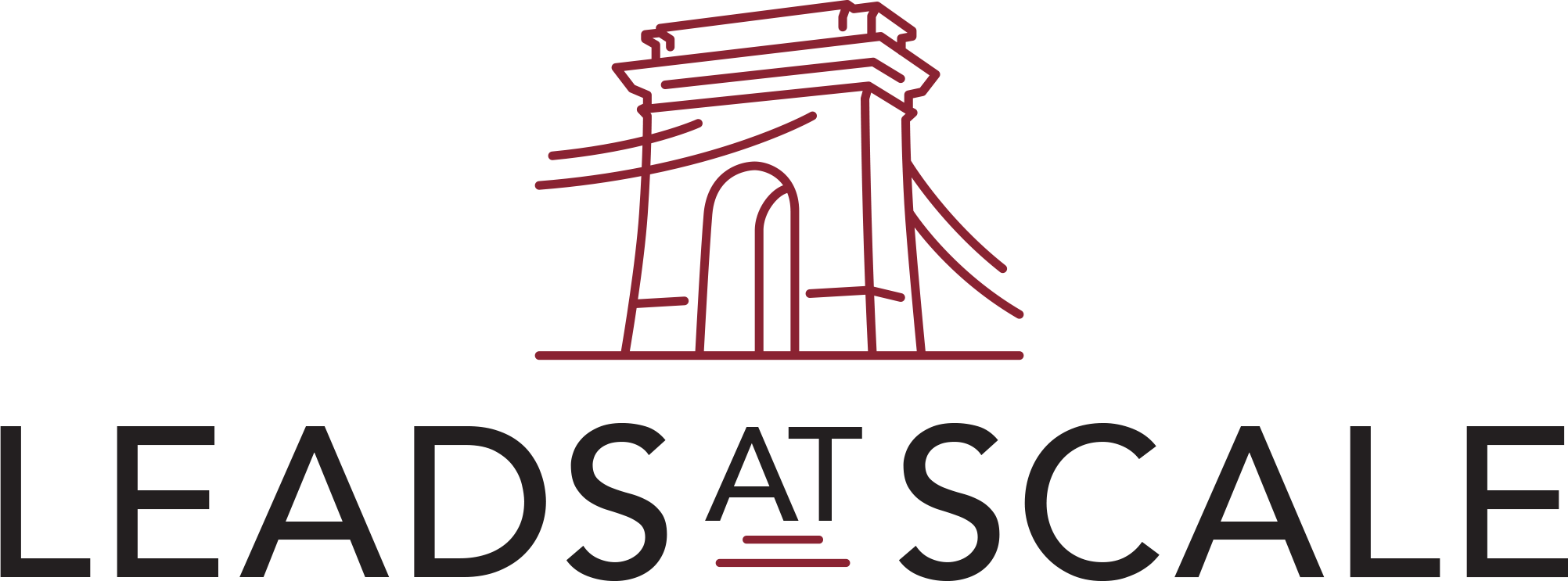Lead generation has become much harder over the years, with 61% of marketers considering it their biggest challenge. Yet, although it comes with specific difficulties, lead generation remains one of the most integral parts of sales generation. In fact, over half of marketers spend half their budget on generating leads.
But before you spend a considerable chunk of your budget on lead generation, it’s vital to be familiar with the common lead generation challenges and how to overcome them. In this guide, we go over these challenges and provide solutions.
6 Common Lead Generation Challenges for B2B
B2B marketers face a host of challenges when trying to generate leads. Here are some of the most common ones:
Inaccessibility of Accurate Data
Data is an essential determinant of the success of your lead generation campaigns. Inaccurate data can severely hurt your chances of reaching the right leads and result in a waste of resources.
To avoid this, it’s crucial to have a data management plan in place. It should involve cleansing your data regularly, updating it when there are changes, and deduplicating it to avoid repeats.
You can also consider using a data enrichment tool to fill in any missing data points. It will help you have a complete view of your leads, making it easier to target them with the right message.
Lack of Integration Across Channels
It’s imperative for lead generation that all your channels are integrated. A lack of integration often leads to a siloed approach, which can be very harmful.
When your channels are not integrated, the same leads are being contacted multiple times by different sales reps. It can lead to frustration on the part of the lead and will eventually result in them unsubscribing from your list.
It’s important to have a single source of truth for your data. In this way, you can ensure that everyone is working off the same information and avoid any duplication of effort.
You can achieve this by using a CRM system that integrates with all your other tools and channels. It will help you keep track of your leads and their interactions with your brand.
Ineffective Lead Nurturing
Lead nurturing means developing relationships with leads that are not ready to buy. It’s a vital part of lead generation as it helps you build trust and credibility with your leads.
Companies with effective lead nurturing strategies generate 50% more sales with a 33% reduced cost. Moreover, 35% of the B2B marketers use a lead nurturing strategy to translate leads into sales.
Here are some tips to improve your lead nurturing strategies:
- Create individual campaigns for every step of the B2B customer journey.
- Use a content map to plan your content strategy and align it with the different stages of the customer journey.
- Use marketing automation to send targeted content to leads at different stages of the buyer’s journey.
- Use one call-to-action.
- Instead of transfixing on a single channel, use multiple avenues.
- Use lead scoring to prioritize your leads and focus your nurturing efforts on those most likely to convert.
Inadequate Lead Scoring Methods
Choosing the right leads to focus your efforts on is essential for the success of your lead generation campaigns. That’s where lead scoring comes in. It refers to assigning a score to each lead based on their likelihood of converting.
The criteria for scoring a lead can vary from company to company. But some common factors used are job title, location, company size, budget, and authority.
Lead scoring helps you focus your efforts on the leads that are most likely to convert and saves you time and resources in the long run.
For instance, Juan Merodio uses a lead scoring model based on two scores: FIT and Pain. The Pain score shows the intensity of the client’s pain point. You give the client a score from 0 to 10.
Meanwhile, the FIT score indicates how close the prospect is to your organization’s ideal client or buyer persona. For instance, does the lead have sufficient economic resources to avail of your solution?
Finally, a combination of PAIN and FIT scores is used to get the final lead score. You then use this score to put the lead into one of the three categories:
- Cold
- Warm
- Hot
Typically, a hot lead is ready to do business with you, while a cold lead needs more nurturing. Having said that, an ineffective lead scoring system can do more harm than good.
If your criteria are not well-defined, you run the risk of missing out on good leads or, worse, pursuing bad ones. That’s why it’s important to take the time to create a lead scoring system that works for your business.
Lack of Partner Services
While all companies have internal teams working on lead qualification and B2B sales strategies, it often helps to partner with external services to streamline operations and improve the lead generation process.
For instance, a B2B lead generation service like Leads At Scale can help generate well-qualified leads for your business. Meanwhile, a cold calling service can make it easier to reach out to leads and set up appointments.
Similarly, a B2B appointment setting service can connect you with the right decision-makers in a target company. These are just some of the ways you can make use of partner services to improve your lead generation efforts.
The important thing is to find a partner that can complement your internal team’s efforts and help you close more deals. The right partner can help bridge the gap between your lead generation and sales teams and make the entire process more efficient.
For instance, 80% of B2B marketers leverage content marketing to generate leads. Instead of compromising on other marketing efforts by deploying teams for content marketing, companies can work with third-party services to get the job done.
Sole Reliance on Referrals
While referrals can be a great source of leads, you should not rely on them exclusively. The problem with referral-based lead generation is that it’s often slow and unpredictable.
For one, it can take a while for referrals to come in. Even when they do, there’s no guarantee that they will convert.
Referrals are also difficult to scale. Sure, you can ask your current customers for referrals, but that’s not going to be enough to sustain your business in the long run.
The bottom line is that while referrals should be a part of your lead generation strategy, they should not be your only source of leads. Instead, you must supplement them with other lead generation channels such as content marketing, search engine optimization, and email marketing.
However, it doesn’t mean you give up on referrals altogether since they create up to 65% of new business opportunities for many companies.
Final Thoughts
Lead nurturing is a critical part of the B2B sales process. By providing leads with relevant and targeted content at each stage of the buyer’s journey, you can stay top-of-mind, build trust, and close more deals.
To ensure this, you must know the challenges that can impede your lead nurturing efforts. These include a lack of data-driven decisions, an ineffective lead scoring system, a lack of partner services, and excessive reliance on referrals.
By being aware of these challenges, you can overcome them and create a more effective lead generation strategy for your business.



